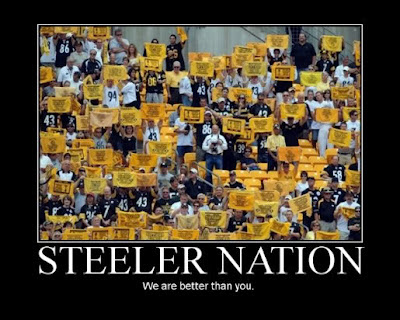 Last night (June 28) I attended the Summer Movie Series at the Ohio Theater. As I have many times in the past when attending that magnificent place, I parked under the Statehouse. It was my first visit since the new parking payment system was installed. A quote from the Ohio Statehouse.org website:
Last night (June 28) I attended the Summer Movie Series at the Ohio Theater. As I have many times in the past when attending that magnificent place, I parked under the Statehouse. It was my first visit since the new parking payment system was installed. A quote from the Ohio Statehouse.org website:'The Capitol Square Review and Advisory Board operates a parking system that dramatically improves the speed of exiting the parking garage. The automated Pay-on-Foot payment machines provide customers with a quick transaction speed.'
That is a blatant falsehood. I can't imagine how the CSRAB approved this asinine system. I was fortunate to be the third person in the payment station line. It only took five minutes for the first person in line to get his ticket, so I didn't have to wait that long. By the time I got to my car to leave, there were over two dozen people standing in the line.
And there was still a person standing at the exit gate, taking the ticket and putting it into the reader there.
I'm hoping that the lot under Columbus Commons isn't using this new system so that I can park there on future visits.
I can't imagine attending a CSO show and waiting with hundreds of other folks to use the machine. Yes, I know there are a few stations: but people will go to the one near their car.
My first hope is that CSRAB gets enough negative feedback that will result in a change in the system. My second is that, if the option of converting other lots to this inefficient and annoying system comes up, that a modicum of intelligence will prevail and that the CSRAB says "no."
Who in the world reviewed the system and thought, "Yes, having people stand out in line in a parking garage is much better than being queued up in the comfort of their own cars? Can't wait until it's cold outside....
Truly, inexplicable. I worked at the Riffe Tower during the renovation of the Statehouse. It's an amazing building. Too bad such inspired leadership didn't apply to the parking garage payment system.
On to share my thoughts on facebook and my blog. No need to reply to this email.
And while I detest this system, I still wish you a good weekend,





























